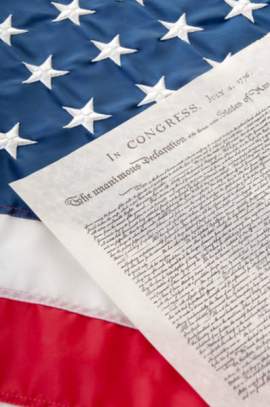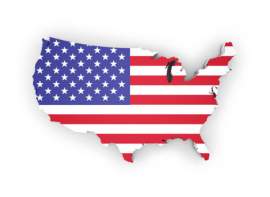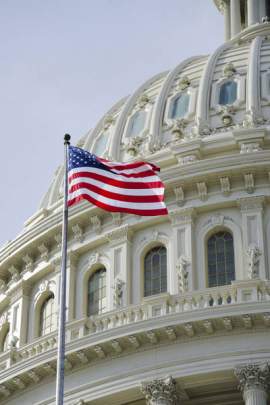
Marbury v. Madison

Marbury v. Madison: The Background
The case of Marbury v. Madison is a landmark Supreme Court case. Marbury v. Madison is one of the most influential and groundbreaking legal proceeding in the history of the United States. The Marbury v. Madison case was the first of its kind. It dealt with administrative law, which is classified as the scope of law that involves any or all interactions with the Federal Government.
The Marbury v. Madison case began with John Adams. The former president attempted to appoint William Marbury as a Justice of the Peace, but failed to complete the formal appointment before his presidency was terminated. As a member of the Federalist Party, John Adams attempted to appoint as many of his fellow Federalists to the cabinet of the President of the United States.
The case of Marbury v. Madison deals with the process of appointing these high-ranking government officials. The appointment procedure for Justices of the Peace required completion within a President’s term. An official appointment had to be made while the President was active in his duties. William Marbury’s appointment was not completed in this timeframe. John Adams’s presidency ended before he could formally appoint Marbury. Expecting to be permitted as a Justice of the Peace, Mr. Marbury assumed his role but was denied by the new president, Thomas Jefferson and his Secretary of State, James Madison. Jefferson and Madison rejected Marbury’s appointment by refusing to finalize the commission process.
Frustrated and upset that his appointment was suspended, William Marbury brought the case before the Supreme Court. The case of Marbury v. Madison was reviewed by Chief Justice John Marshall. After the trial Mr. Marshall said that Article III of the United States Constitution did not allow one branch of the Federal government to force action on the part of another branch. In Marbury v. Madison, John Marshall said that William Marbury was entitled to the position that was granted by John Adams, but the final decision ultimately belonged to the new President, Thomas Jefferson.


















